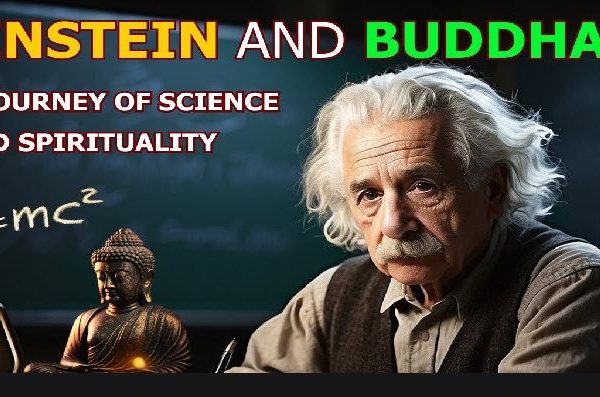In the heart of the Himalayas, nestled in a remote valley, lay a small village where life was simple and pure. The villagers lived harmoniously with nature, rearing cattle and farming the land. Their days were filled with the gentle rustle of leaves, the soft lowing of cows, and the warmth of the golden sun.
The villagers are deeply connected with their land, animals, and each other. They slept with their cows, talked to them, and gave them names. They called the cows by name.
Calling Ganga, the gentle cow- Ganga would respond to the call. They knew their names. The villager’s lives were interdependent, and their happiness index was remarkably high.
The villagers worshipped the mountains, rivers, and the rising sun. They believed that nature provided them with everything they needed to live a healthy and happy life. Their gods were the guardians of the land, and they respected and revered them.
One day, a mysterious helicopter appeared, hovering above the mountains and the village. The villagers were perplexed, wondering what it was searching for and what its purpose was. Some said it was surveying something, but no one knew for sure. The incident was soon forgotten, and life returned to normal.
However, the peace was short-lived. A group of unknown people, claiming to be government officials, arrived in the village. They met with the sarpanch, the head of the village, and gathered the villagers to explain their proposal.
They revealed that the mountains held precious metals like gold, silver, and copper, and they intended to dig and extract them.
‘Gold extraction involves crushing ore, then using gravity, flotation, or cyanidation to separate gold.
The most well-known gold-bearing mineral is calaverite (AuTe₂), a gold telluride. Other gold ores include sylvanite and petzite, which also contain gold in combination with other elements.
Cyanide leaching dissolves gold. Leaching means that gold reacts with sodium cyanide in the presence of oxygen and water, forming a soluble gold-cyanide complex. Then Gold is recovered using activated carbon or precipitation. Refining removes impurities, yielding pure gold.
The villagers were horrified. Their mountains were their gods, and their land was their mother. They refused to allow the officials to desecrate their sacred land.
The officials promised to offer them money, roads, and industries and promised progress and development. But the villagers were adamant.
“We don’t want money,” they said. “Our houses are already good. We love them. We roam in the mountains on yaks and horses. We don’t want roads.”
The villagers argued that the ‘progress’ that the officials were offering would be the destruction of Mother Nature. They didn’t want gold or silver; their gold was their cattle. They had their own natural medicine, and their people rarely fell sick and their average age was around 100 years.
But the officials wouldn’t listen. They came with their machines and their men, forcefully capturing the mountains and destroying the forest.
The villagers’ cows and cattle were scared, and their caravan began to move towards the deep valleys of the Himalayas, seeking peace, silence, and real progress.
As the villagers left, they looked back at the destruction unfolding behind them. The once-pristine mountains were now scarred, and the air was thick with pollution. The villagers knew they had made the right decision. They would rather live in harmony with nature than sacrifice their way of life for material gain.
The villagers’ departure marked the beginning of a new era. The Himalayas, once a symbol of purity and beauty, were now a battleground between progress and preservation. The villagers had chosen to preserve their way of life, their culture, and their connection with nature.
As the years went by, the villagers thrived in their new home. They built sustainable communities, harnessing the power of the sun and the wind. They continued to live in harmony with nature, their happiness index remaining remarkably high.
The story of the Himalayan village became a legend, inspiring others to rethink their relationship with nature and the true meaning of progress. The villagers had shown that it was possible to live in harmony with the environment and that sometimes, the best progress is the one that preserves the beauty and wonder of the natural world.







